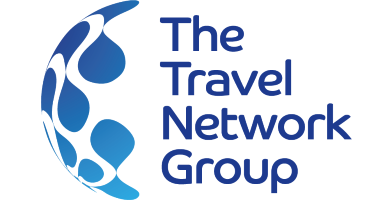7. Travel Business Leadership
Travel Business Leadership
Why read this section? Many people decide to set up their own travel business as they want to enjoy how they make their living. A big factor on enjoyment and success is who you choose to work with. It is worth thinking through who you would like to work with.
What you need to know before you read this section: Nothing!
If we collated all the literature and advice on people management and leadership, we would fill vast libraries. What we have here, is pointers to some of the best advice and approaches that we have come across. Hopefully this will help you out.
- Leadership style
- Communication techniques
- Time management
- Choosing people
Leadership Style
Leadership is a very hard subject to tie down. How do you know that you have the basics covered? One change management system I have experience of uses, among many other things, the four P’s [Managing Transitions, William Bridges], which are what you need to have in place to lead people through change.
Purpose: What is the point of your business and do you and any of your people understand that? If this is clear it ought to be obvious what individuals do in certain circumstances. If this is unclear, people are less able to make judgement calls for the business.
Picture: What will the business look like (for customers, your people, suppliers) when it is up and running properly? What parts of the picture are actually performed by other organisations? Everybody needs to understand the high level picture, and then individuals need to understand their areas in greater depth.
Plan: What needs to be done to build the picture? What is currently in place, what is missing and what are the key stages in getting to the picture?
Part to Play: What role do you and each person play in delivering the plan? Some of these people will work outside the organisation, but they also need to be covered by the plan.
While this is a change management method, it is a useful thought process to help you check the clarity of your thinking and communication. Given that you are setting up you are by definition managing a change process. This brings us on to communication itself.
Communication Techniques
Communication is a bit like walking, in that we all assume we are good at it and that there is nothing else to be learnt. I have learnt the need to spend quality time and effort in high quality two way communication. Two topics which have helped me are NLP and flow coaching.
NLP: people do not see or understand the world in the same way. If I walk down the street with a friend, I might notice a new café which looks really interesting. My friend might notice that the Italian restaurant had closed which was a shame. We have both seen the same street and the same building change hands, but we perceive very different events and feel very differently about the change. NLP (Neuro Linguistic Programming) is a collection of techniques to help understand how different people see the world in their own way, and how to communicate with different people in a way appropriate to the individual.
Also see – NLP at work, Sue Knight
Flow Coaching: of all the books I have read about coaching, this is the best. It centres on two systems – GROW and flow. GROW provides a basic structure for the coaching conversation standing for Goal of the coaching session, Reality of the current situation, the Options that are available and Wrap up, as in conclusions drawn from the session . Flow is the belief that people self learn, i.e. giving detailed instructions may well not be the best way to teach something. Flow is about creating the environment and some subtle direction to guide the learner. There is an odd example about teaching a child to catch a ball, which I didn’t believe. However, I was challenged to try it with the daughter of a friend who was struggling to learn to catch. Unbelievably, within minutes she started consistently catching the ball.
This is described in Effective Coaching, Myles Downey.
Time Management
I approached this quite cynically believing I was quite good at time management. What it taught me was not about structuring my day but about choosing what to do and what not to do.
There are critical things to do, there are urgent things to do. Spotting critical things and spending your time on those while ignoring unimportant urgent things was the key learning for me.
Choosing People
If I could pick one thing to get right, it would be the people I create the new business with. When choosing people, I think you have the following factors to think about.
- Skills mix: trying to make sure that you have at least one person with each of the major skills. While obviously this is important, I personally think that skills selection is often over prioritised in selection. I say that because skills are easier to acquire than a different personality
- Personality: trying to make sure that the people can work together and that you have different types of people. For example, I hate detail but I like presenting to an audience. I need a detailed person who may hate presenting to work with me. A commonly used system was developed by Myers Briggs which puts far more structure behind this. However, as a starting point I would just decide on the types of personality you have and where you need and go from there
- Personal Friends: deciding how much you will work with friends. I have no idea what to advise here as I have seen complete opposite approaches work. I raise it because you need to think it through before you approach any friends
So have a think along these lines and then decide what types of people you would like.


